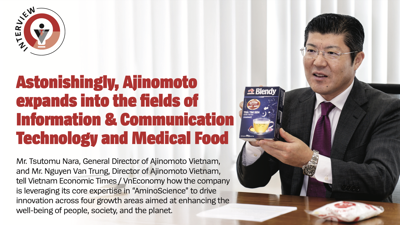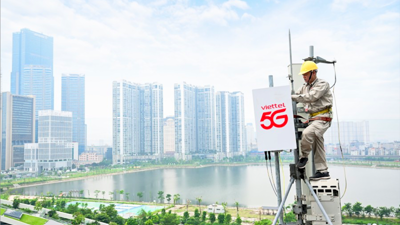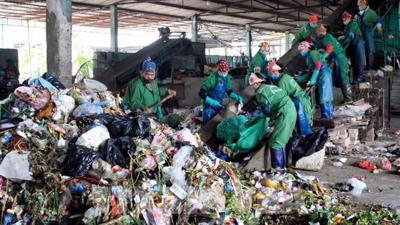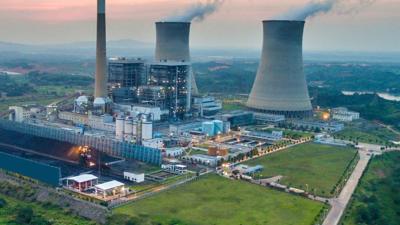The Norwegian Foundation for Scientific and Industrial Research (SINTEF) in coordination with the Vietnam Cement Association (VNCA) held a workshop on the “Co-processing of Alternative Fuels and Raw Materials in the Vietnamese Cement Industry” on September 29, with support from the Embassy of Norway in Vietnam.
The workshop aimed to exchange experience in the co-processing of waste in the cement industry and to announce the recent results of using non-recyclable plastic waste at the INSEE cement plant in Hon Chong, Kien Giang province, in the Mekong Delta. Speakers and guests also discussed the potential for co-processing in Vietnam’s cement industry.
In her opening remarks, Ms. Mette Møglestue, Deputy Head of Mission at the Embassy of Norway, said both Norway and Vietnam are strongly committed to combating climate change and reducing greenhouse gas emissions, which requires cross-sector involvement.
She expressed her happiness that SINTEF’s research results on using non-recyclable plastic waste as alternative fuels for cement kilns have been successfully demonstrated and can be scaled up in Vietnam. She hopes that through the OPTOCE Project, funded by the Norwegian Government and implemented in five Asian countries, including Vietnam, Norway can support the local cement industry in enhancing its capacity to treat non-recyclable plastic waste, towards achieving Vietnam’s target of net-zero emissions by 2050.
“The cement industry requires massive volumes of coal and other raw materials,” said Chief Scientist with SINTEF, Dr. Kåre Helge Karstensen, who has been heading the OPTOCE Project. “However, we can substitute part or all of these with non-recyclable plastic waste. Per our research findings, co-processing of non-recyclable plastic waste as a fuel substitute in cement kilns does not increase emissions of dioxins but still complies with the strictest international limit values.”
He said the successful demonstration of this method in Vietnam at the INSEE plant sends a signal of hope for Vietnam’s cement industry to reduce coal consumption and the building of expensive WtE (Waste to Energy) incinerators.
In Vietnam, the number of cement plants currently co-processing waste is small, while the method is popular in Europe and Norway. Associate Professor Luong Duc Long, General Secretary of the VNCA, agrees that the use of alternative fuels in Vietnam’s cement industry remains low. He said the Vietnamese Government has a policy of raising the rate to 15 per cent by 2030 and 30 per cent subsequently. He also expressed a belief that the co-processing of waste, including non-recyclable plastics, in cement kilns has huge potential in Vietnam.
On the sidelines of the workshop, Mr. Nguyen Minh Chau, Legal Compliance Specialist at Ecocycle Vietnam, spoke with VET. He said that Vietnam offers a lot of support to businesses regarding waste treatment, such as allowing them to self-manage hazardous waste transport vehicles and in simplifying licensing procedures. Vietnam is also encouraging the application of modern technologies in waste treatment.
However, he also pointed out obstacles facing waste treatment enterprises. The first is that waste generators were previously only allowed to store waste for six months, but can now do so for up to a year. This can prolong the time that waste remains at the enterprise instead of being disposed of. The second is regarding periodical reporting on environmental protection, at the end of the year. Previously, an annual environmental protection report, with a reporting period from January 1 to December 31, was to be sent to management agencies before January 31 of the new year. The time allowed has now been shortened to January 5 for production and business enterprises, which is a challenge for many, especially large enterprises like INSEE.








![[Interactive]: Economic overview - April 2025 [Interactive]: Economic overview - April 2025](https://media.vneconomy.vn/400x225/images/upload/2025/05/06/5a245778-67b1-4874-a8dc-21f8cfed62a6.png)
 Google translate
Google translate